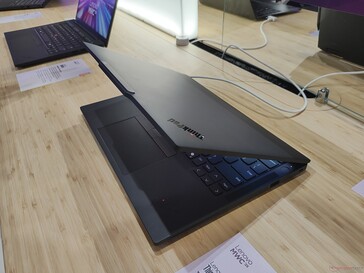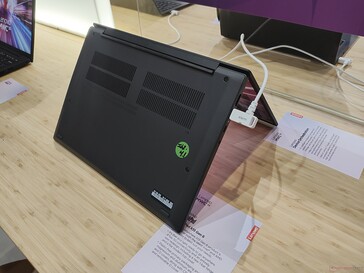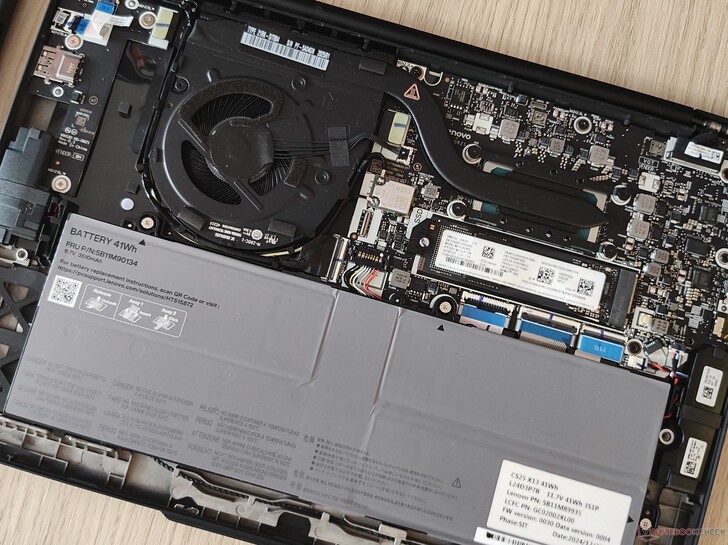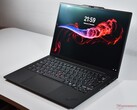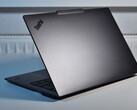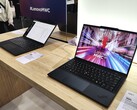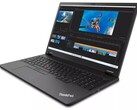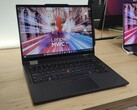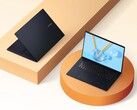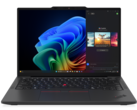MWC 2025 | Hands-on with unofficial ThinkPad X1 Nano successor: Lenovo chooses the only possible way forward with new ThinkPad X13 Gen 6
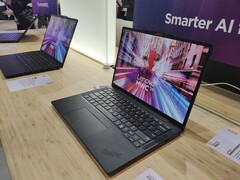
At this year's Mobile World Congress (MWC) in Barcelona, Lenovo introduced a total of seven new ThinkPad laptops. The star of the show in the enterprise sector was the Lenovo ThinkPad X13 Gen 6, which we were able to look at during the trade show.
Lenovo ThinkPad X13 Gen 6: Many small changes hidden in plain sight
At first glance, the Lenovo ThinkPad X13 Gen 6 looks a lot like its predecessor X13 G5 (available from Amazon). No surprise here: Lenovo rarely reinvents the wheel with its ThinkPad laptops. Despite this, the X13 G6 is indeed a complete redesign, which Lenovo developed anew from the ground up. The overall design language does not change, but there are many interesting changes when you take a closer look. For example, Lenovo has reduced the number of screws that hold the bottom cover from five to four, saving weight and simplifying repairs. Not very nice: One of the USB-A ports went away in the name of weight savings as well.
At least, Lenovo can now for the first time say that the X13 weighs less than a kilogram, even with the bigger battery. This however is only true for the Intel model, as the AMD CPU requires a more beefy cooling that increases the weight beyond 1 kg. The same is true for models with a 5G modem.
X13 goes X1 Nano: The only way forward for the X13 platform
An important question for Lenovo: How does the new ThinkPad X13 fit in with the rest of Lenovo's ThinkPad portfolio? For the ThinkPad X13, the X1 Carbon is a big internal competitor, for example. Lenovo differentiates the two with the pricing, as the ThinkPad X13 is much more affordable than the X1 Carbon. Also, there are difference in terms of the options: The X13 G6 is optionally available with AMD CPUs, different from the Intel exclusive X1 Carbon Gen 13. Different from that one, there is no Lunar Lake here, which enables the X13 Gen 6 to ship with up to 64 GB of RAM.
Another difference: Expensive OLED screens are exclusive to the ThinkPad X1. With the X13 on the other side, Lenovo completely focuses on mobility, which is why only power-efficient WUXGA IPS screens are used. This keeps the costs low for the X13, enabling a larger pricing-difference with the X1 Carbon.
A bit untransparent for customers is the choice of materials, as there are many different combinations: Carbon fiber or normal plastic for the screen cover, as well as magnesium or aluminum for the bottom cover. Part of the new design is a wide one-bar hinge, which is supposed to increase the stability and enable a smaller screen cover. Also, the screen cover is no flat instead of slightly hunchbacked as on the predecessor.
All in all, focusing on a low weight makes sense for the ThinkPad X13 Gen 6 from our point of view. The Lenovo ThinkPad X1 Carbon Gen 13 weighs less than a kilogram as well, which means a heavier X13 would have a much tougher time in the market. The ThinkPad X1 Nano may not exist anymore, but now Lenovo has two ThinkPads that fight in the same weight-class - the smaller and cheaper X13 G6 and the bigger premium model X1 Carbon G13.
Source(s)
Own




